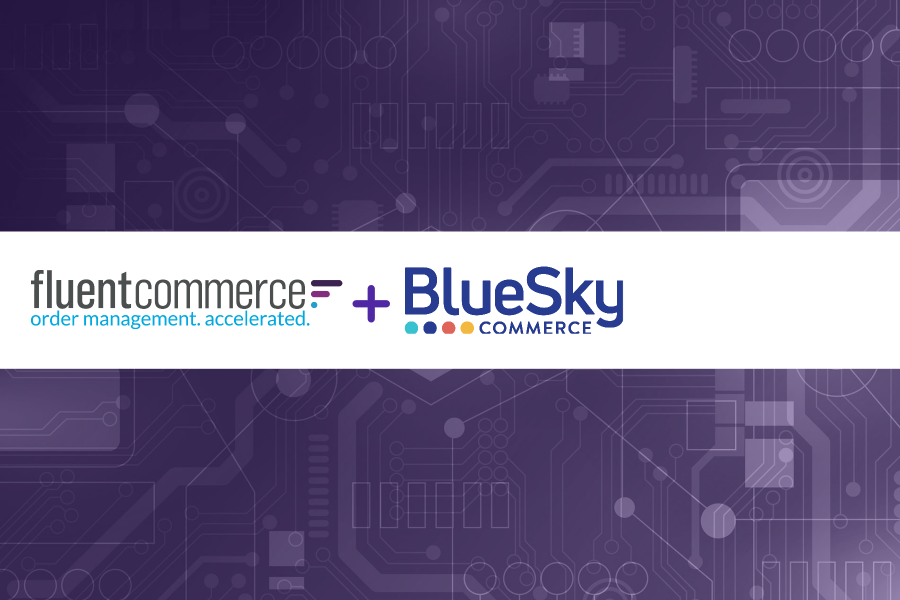
What is Virtual Inventory?
Virtual Inventory gives retailers new ways to aggregate and segment their stock. It lets them create virtual pools of inventory—defined by inventory rules, buffers, and exclusions—and control which inventory pool is used for what purpose, and prioritize inventory by sales channel. Virtual Inventory can help you adapt to sudden demand, prevent stockouts, and maintain your margins.
If you would like to learn more about why omnichannel retailers need virtual inventory, download this article from Fluent Commerce and BlueSky Commerce.





